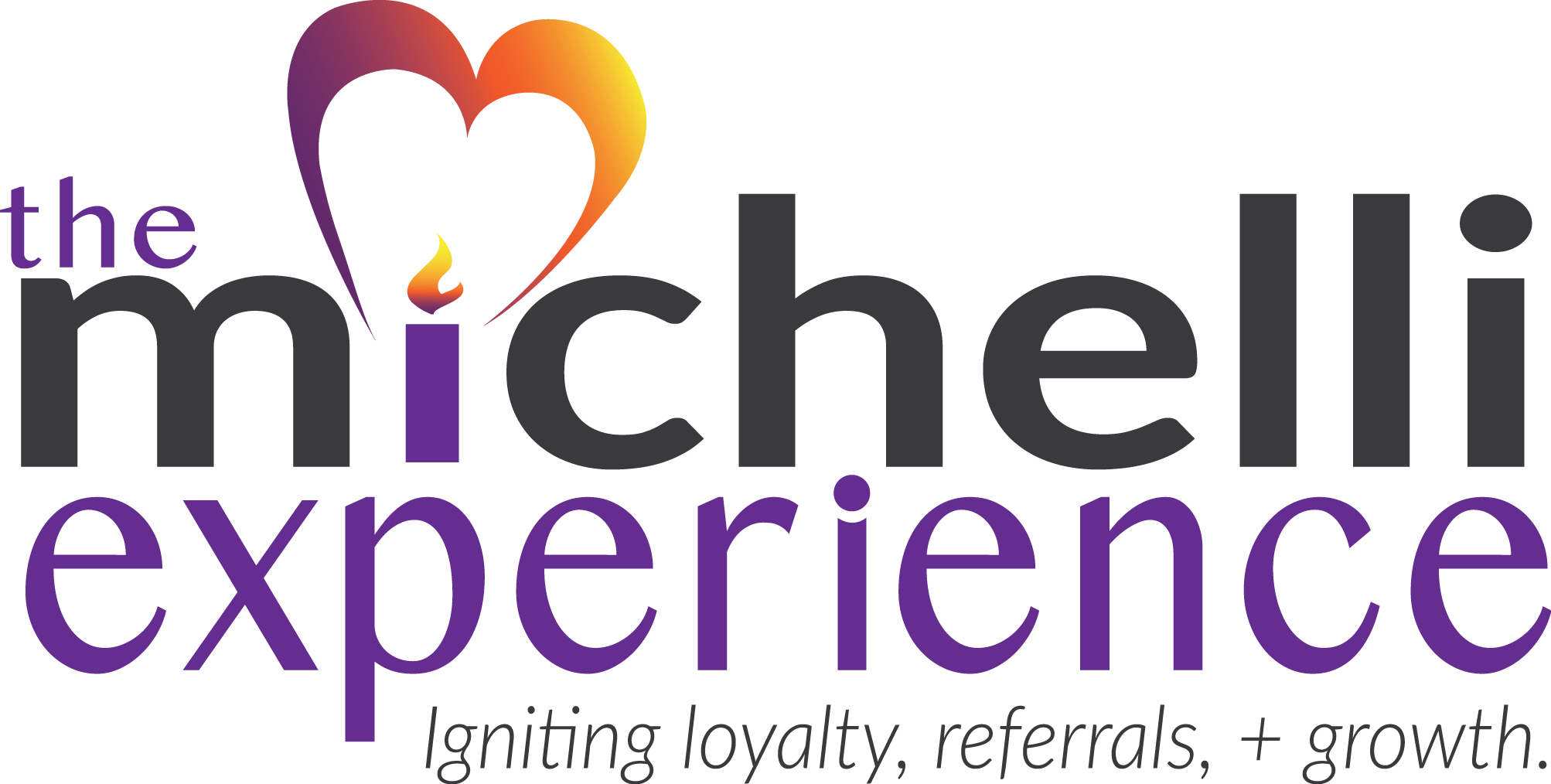Today on the blog, I feature the first part of an interview with Gautam Mahtani, Loyalty Strategist and Co-founder of Customer Feedback Systems….
Joseph: Welcome to the Michelli Experience Blog. I’m honored to have as a guest with me Gautam Mahtani who has mastery as it relates to assessing the voice of the customer. Increasingly as I go around the world, I see businesses struggling to figure out how to measure what customers think of the experiences the businesses deliver. If we can’t understand our customers we can’t innovate solutions to meet their needs. Gautam, please tell the readers about your background as it relates to customer assessment…
Gautam: Well Joseph it’s an absolute pleasure. I appreciate it. You know – our organization long before government regulation in healthcare, (HCAPs and these things) put a spotlight on the voice of the patient and also long before tablets, iPads, Androids and even great email information was available to capture the voice of the patient and the voice of the customer. We’ve worked in hospitals and clinics in the US, around the world, on the ground with a cute little device that we had that collected real time feedback at the point of care. What that does is it creates an opportunity to capture in the moment how a patient is feeling. We have found over the years as technology advanced and caught up to that funny little box that new opportunities were created. We know patients/customers want you to make it quick and easy for them to communicate with you and there’s an amazing opportunity not only in how we collect information but the ability to feed that information to the frontline for learning and planning. The ability to feed that information up to leadership so they can look for opportunities, risks, and most importantly where they can clear the path. The one caveat here is in this day and age if these real time – what we call high velocity feedback loops – take on a traditional, punitive patient and customer satisfaction role, if they look and smell and feel like the feedback will result in punishment to staff those staff members will reject it. Then you lose this amazing opportunity to get that operational intelligence. Fortunately, we have found solutions and strategies that allow us to capture 60-70% of patient feedback. And that’s not 60-70% of a 10% sample, Joseph, that’s 60-70% of patient visits. That information becomes the fuel for organizational and patient/customer-centric growth.
Joseph: So before we even get to how administrators use the information or whether it’s actionable let’s go back a step. There are many ways to ask customers about how they feel. Or patients about how they feel. There’s obviously the opportunity to have some external agency come in and call your customers after they have had some interaction. There’s the opportunity to give them an IVR on a receipt with a code, if they call in, if they self-select to do so. You can send out an email link for feedback after a service encounter. Talk to me about the different methods. I know you deploy a strategy that captures the input of customers in the moment, right at the point of transaction.
Gautam: So there are all different kinds of modes of collection. As you mentioned we’re big advocates of point of care but certainly email is a format that when done correctly can garner some very, very interesting information. It tends to happen a little bit more after the fact. But in some cases there’s nothing wrong with that and it actually can be advantageous. Historically organizations looked at expensive techniques such as phone, such as mail and those typically garner much lower participation from customers and patients and kind of fall into that bucket of the traditional lag measure – that thing that just looks and feels so important but in reality is very difficult to affect. So what we’re seeing a lot of organizations doing now is move to something that’s more measurable, more in the moment – asking questions that have very specific criteria. So if it’s not important to the patient and it’s not actionable by the staff there’s no point in really asking it. So we’re seeing more of a shift to what we call again these high velocity feedback loops. If you ask me, I think measurement is moving closer to the service experience and then obviously to social – unstructured data, social environments. Unstructured data in general – now we’re beginning to see the early instances of sentiment analysis and things that can actually take that unstructured data and present it in a meaningful way. Previously we never saw that – so that in itself is proving a lot of great opportunities these days.
Joseph: It is using technology like yours which involves using tablets so customers can quickly and non-otrusively offer feedback at the point-of-service or the point-of-care. In this method they are being asked, how did this interaction go? Overall how did I feel? How likely am I to recommend? All those things that we’ve been talking about over the years as important to customer loyalty – they can rate all that instantaneously and very quickly.
Gautam: That’s right. There’s always been two reasons, Joseph, that patients and customers don’t give feedback. Well, I’ll argue now there may be a third that we’ve uncovered, not alone but just through conversations with the organizations we have the privilege to work with. So number one is inconvenience, time consuming data collection. The traditional 30, 40, 15 question survey – whatever it may be. Sending in the mail, send it in a phone call in the middle of my dinner. So number one is inconvenient time consuming mechanisms of collecting. That’s easily sidestepped these days with a little bit of technology and a little bit of discipline around question design. The second reason that patients don’t give feedback is that they never believed that, the organization intended to do anything with that information anyway – so why bother. So that’s also addressed through communication. It’s addressed through number one, service recovery. When a patient or customer expresses dissatisfaction we do something about it. You would say that’s pretty obvious but we’re not seeing a huge outbreak of really robust service recovery processes in place that make it easy for the staff to do something. We don’t see that. We’re big advocates of that. I say the final reason that we don’t get – maybe in this case – the most honest feedback is fear of retribution. That could be from a staff member, it could be from a patient – and again addressed through communication and addressed through creating an environment – we call it rewarding complaints. We looked across the organizations that we work with and we try to find out why some are so great at taking high velocity feedback back to technology and achieving the business goals verses others where it just becomes the annoying thing for staff to do. And we uncovered eight principles of success. It starts with the leadership team and their position that this is not a traditional survey program. This is something quite different. Our organization exists purely to empower staff and better serve patients and customers. It exists purely to uncover and remove the roadblocks that are getting into the path’s way. That’s it. And when you get that right and you’ve got leadership involvement it’s an incredibly powerful thing.
Stay tuned for the next installment…

Joseph A. Michelli, Ph.D. is a professional speaker and chief experience officer at The Michelli Experience. A New York Times #1 bestselling author, Dr. Michelli and his team consult with some of the world’s best customer experience companies.
Follow on Twitter: @josephmichelli



